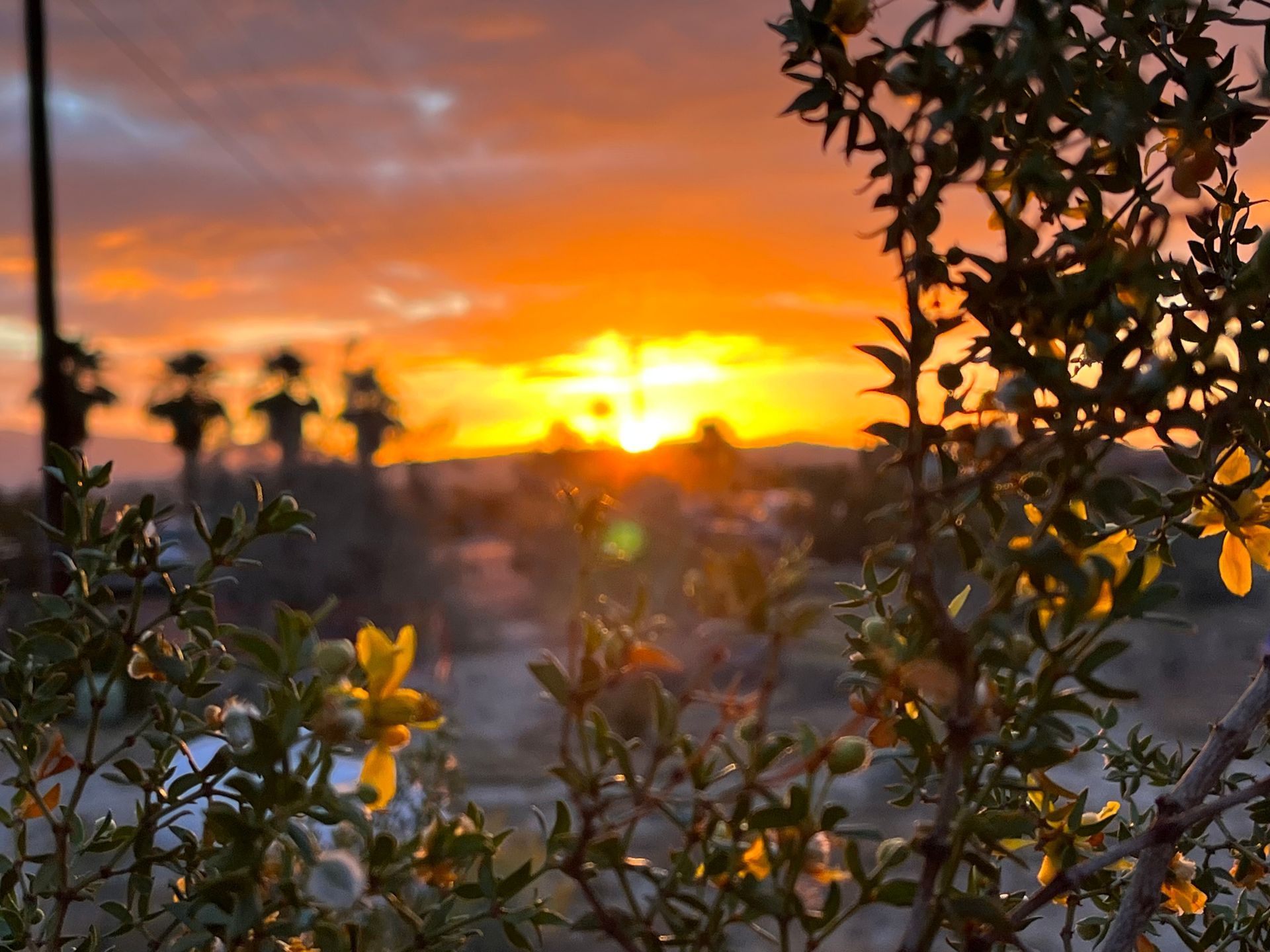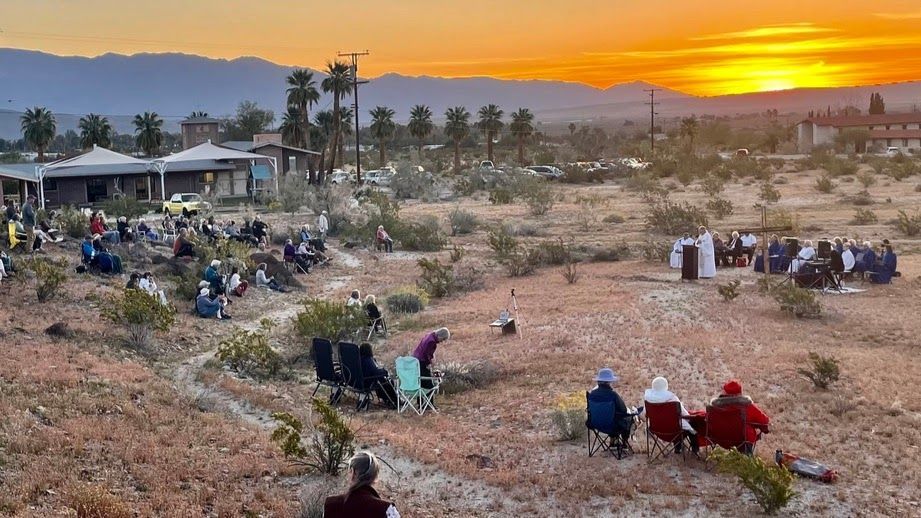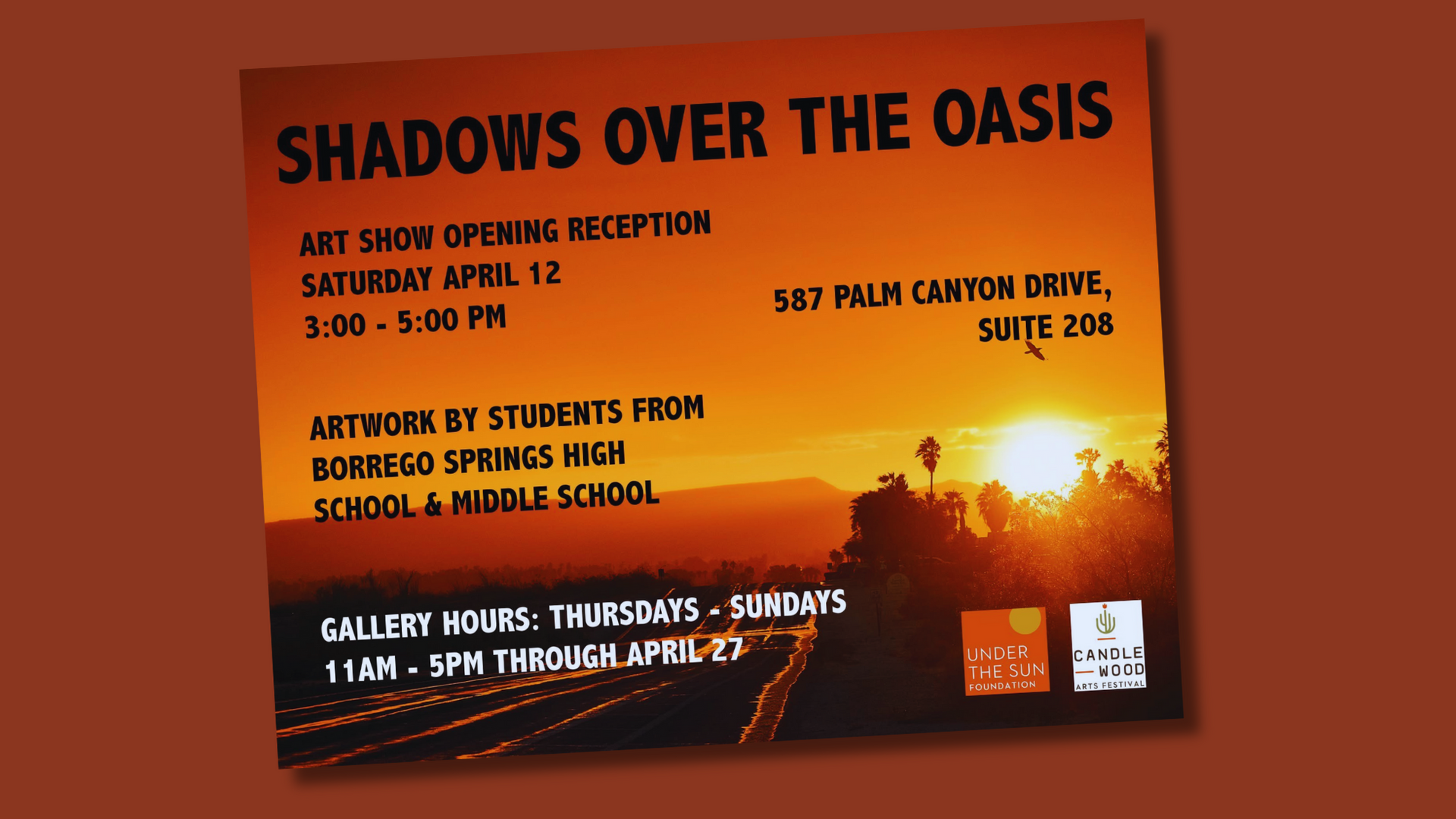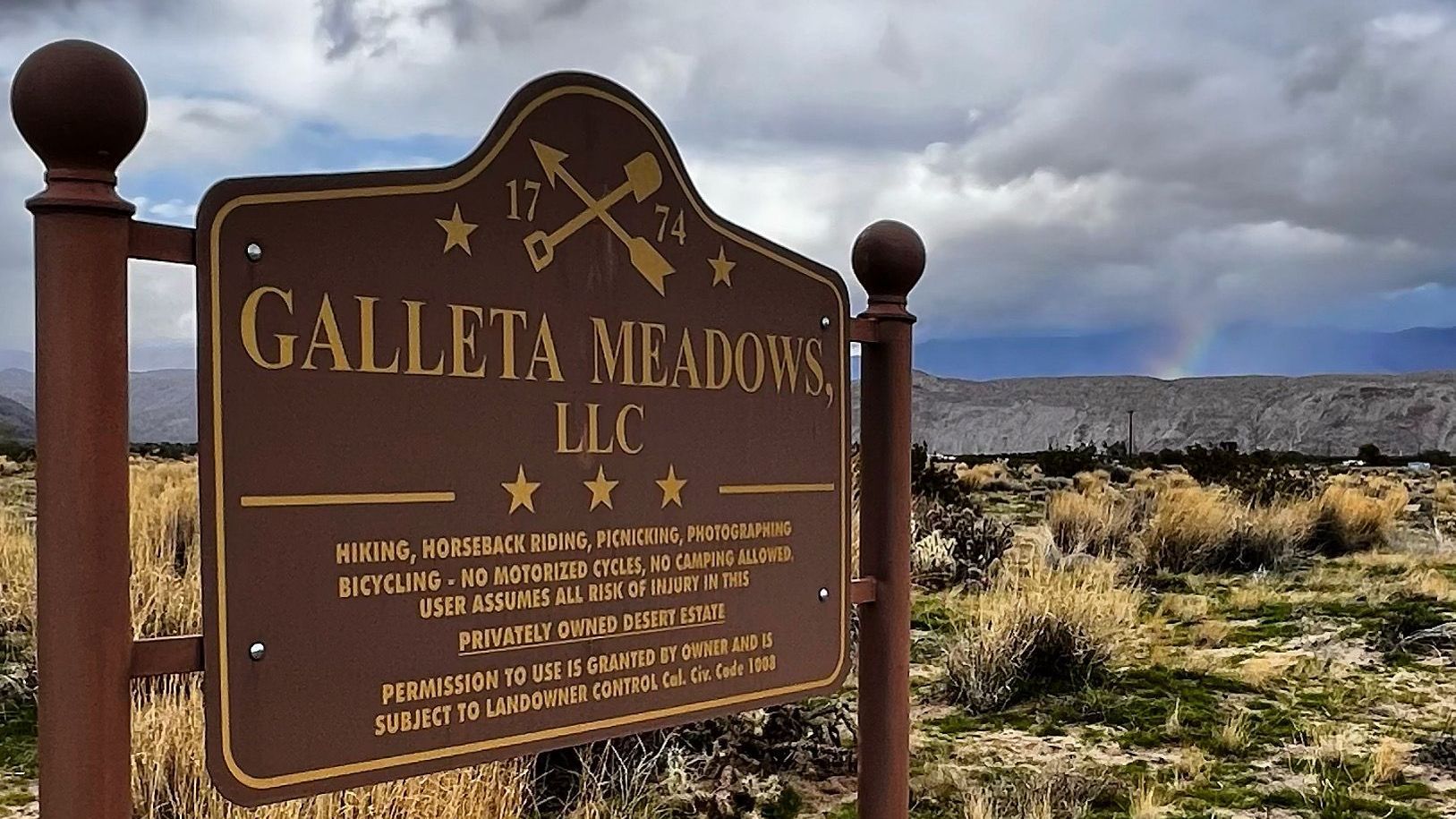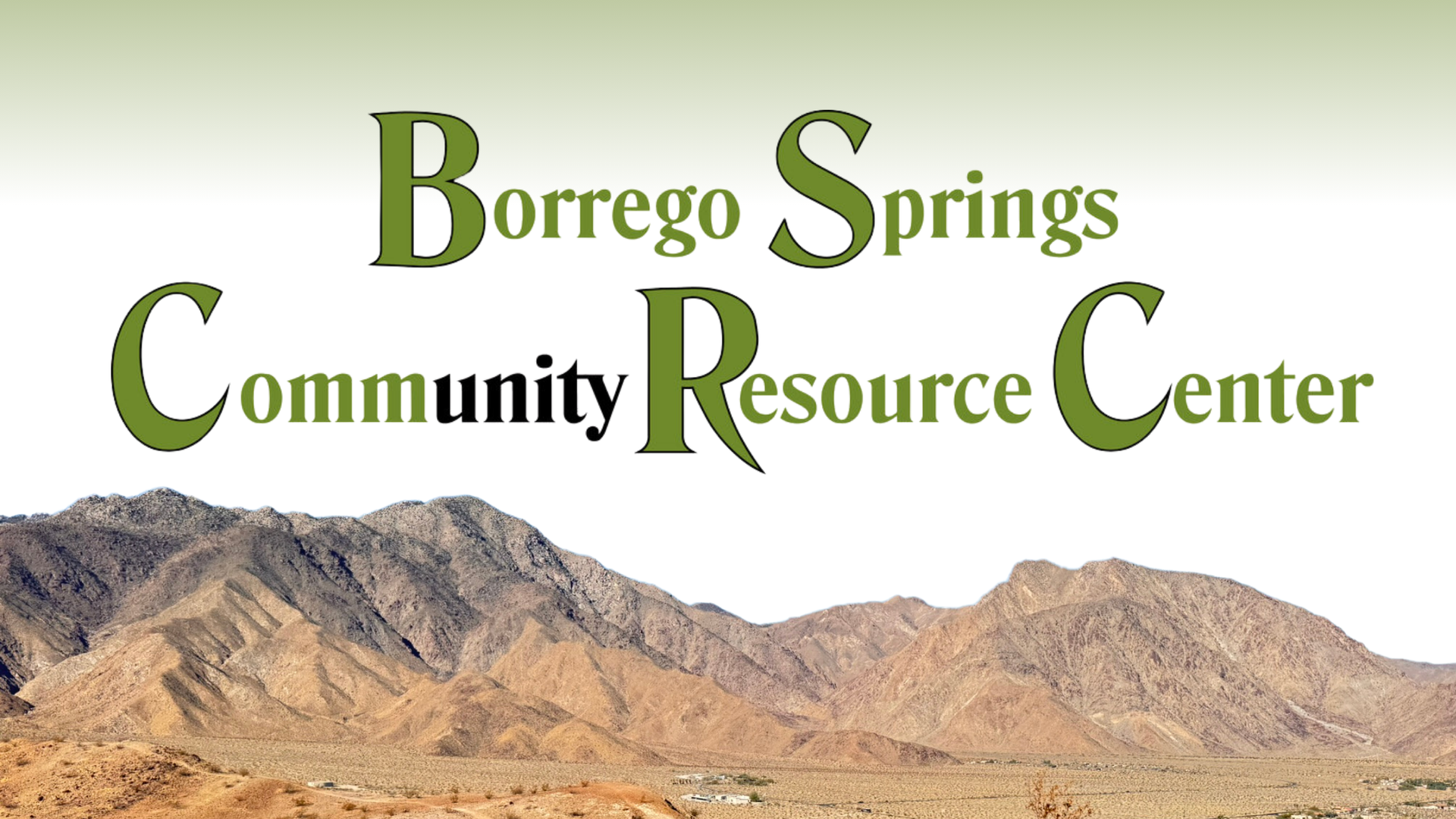Galleta Meadows Farm Worker Statues in Borrego Springs
Share
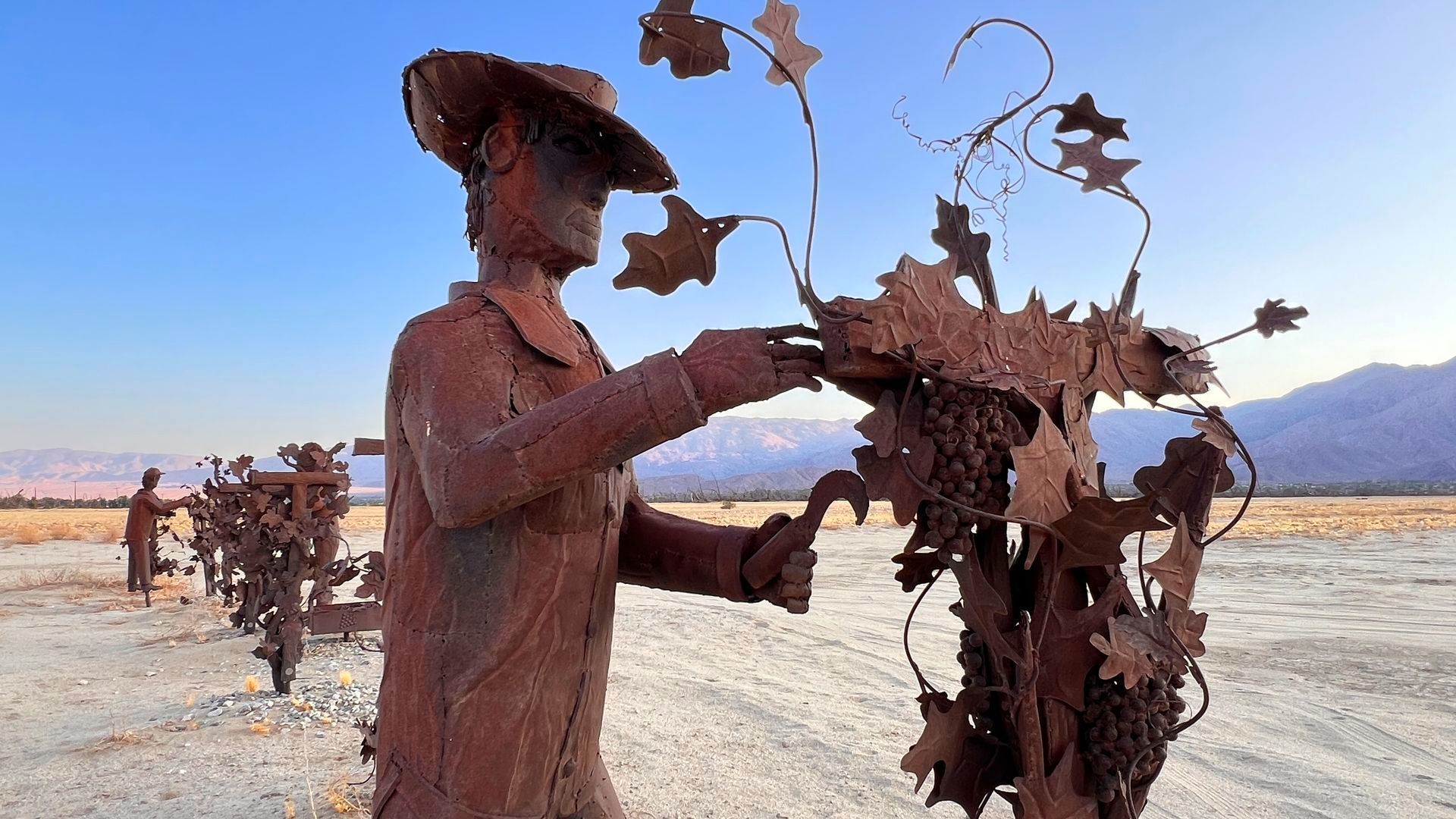
Experience Borrego Springs' Agricultural Legacy Through Art
In Borrego Springs, the captivating history of farm workers and grape farming is vividly brought to life through the sculptures at Galleta Meadows. These remarkable works by artist Ricardo Breceda depict the essence of the valley's agricultural past, paying tribute to the laborers who tirelessly worked in the fields and vineyards. Galleta Meadows, a vast outdoor sculpture park, was conceived and funded by philanthropist Dennis Avery. Avery's vision transformed the landscape into a unique art destination, blending history, culture, and creativity to honor the area's rich farming heritage.
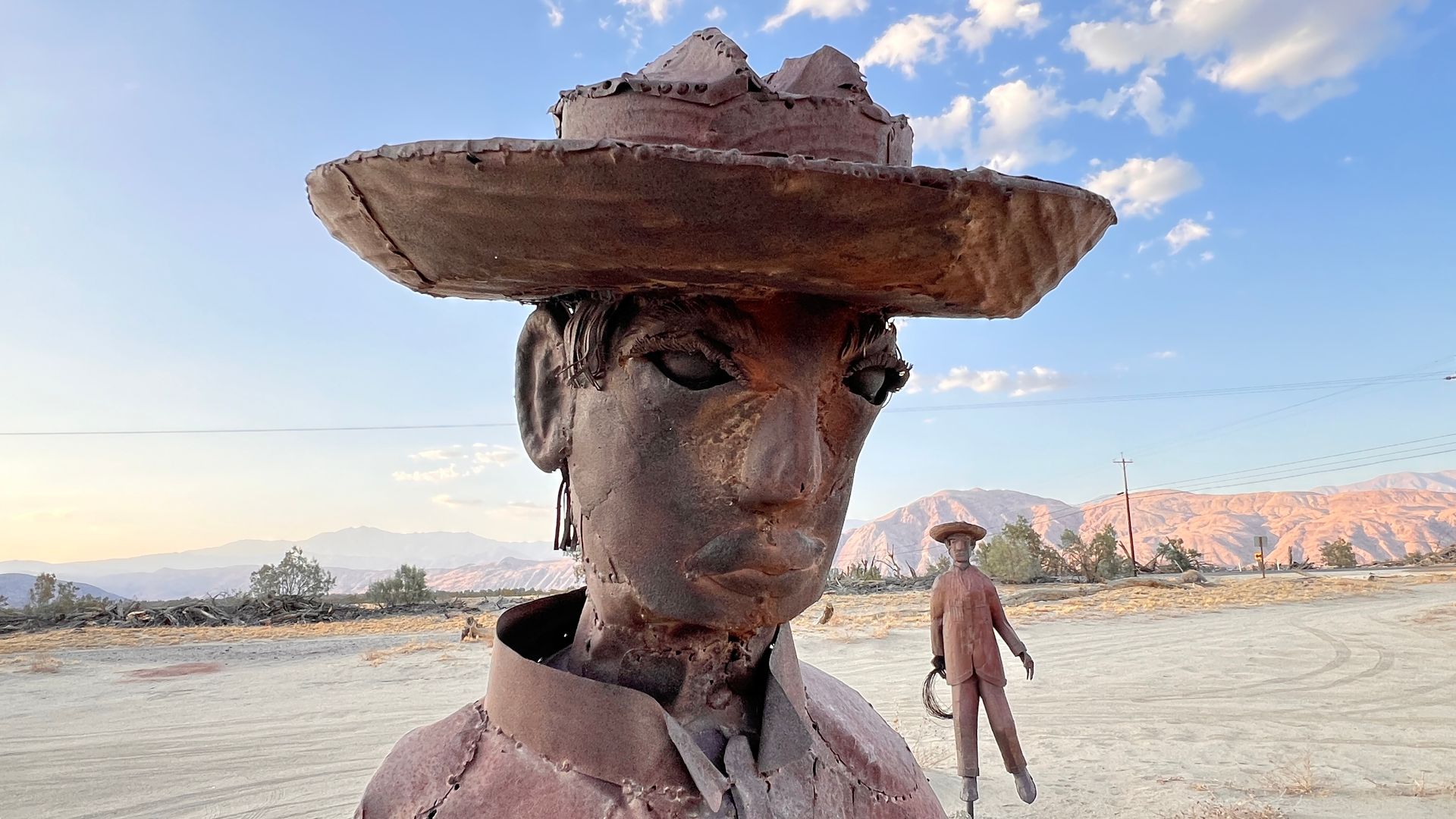
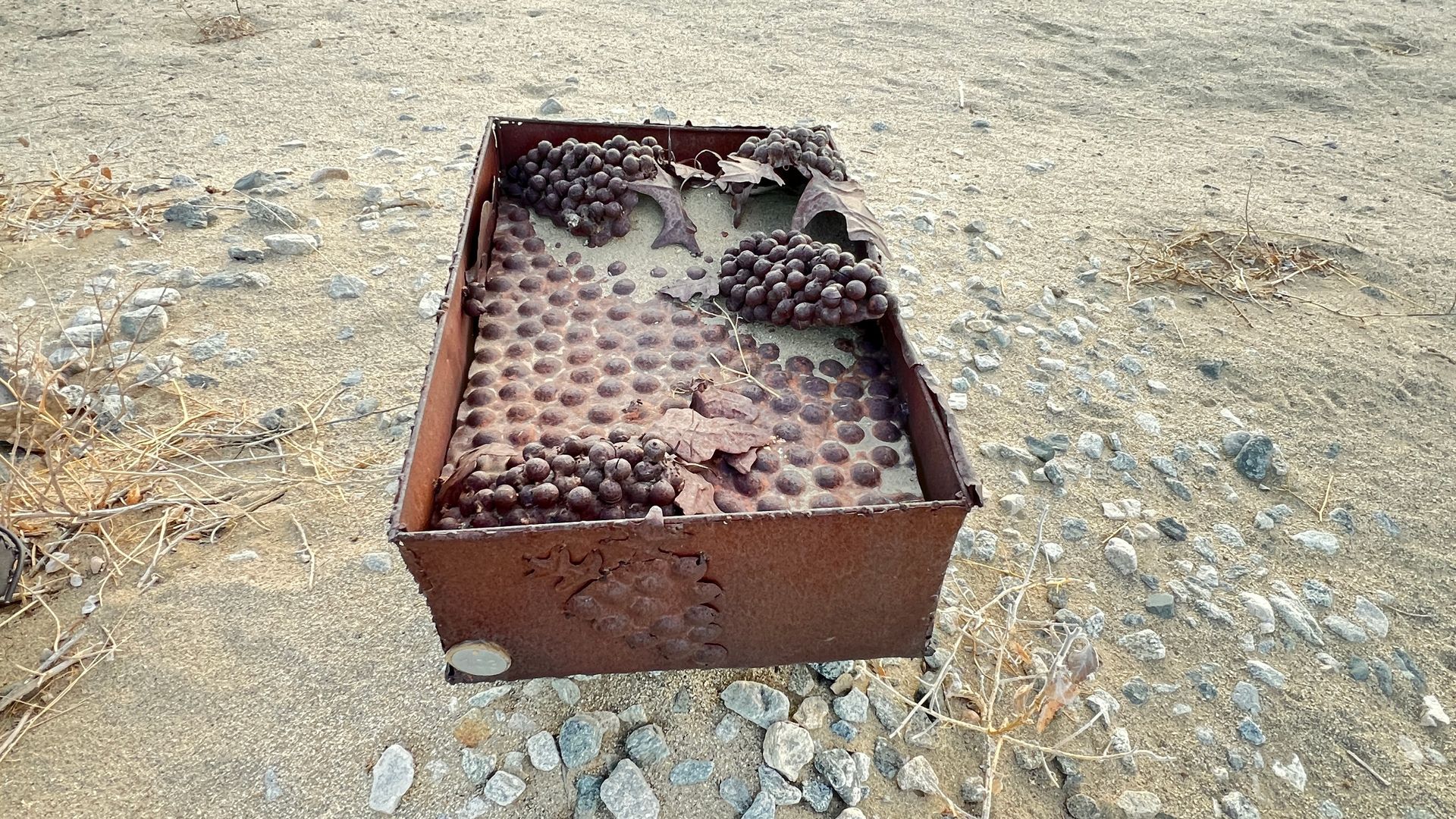

Early Development and Homesteading
Farming in Borrego Springs began in the early 20th century with the arrival of the first homesteaders. The discovery of an underground aquifer in 1926 was pivotal, providing the necessary water to transform the desert landscape into productive farmland. Early farms in the region cultivated crops such as alfalfa and tomatoes, laying the foundation for future agricultural ventures.
The Rise of Grape Farming
The mid-20th century saw the introduction of grape farming in Borrego Springs, significantly shaping its agricultural landscape. The DiGiorgio Fruit Corporation was instrumental in this development, purchasing 1,200 acres and establishing vineyards. These vineyards produced table grapes that were shipped nationwide, with the early harvests commanding top prices in markets, especially in New York.
Challenges and Decline
Despite initial successes, grape farming in Borrego Springs faced numerous challenges. The harsh desert climate, with its extreme heat, wind, and occasional rain, often led to low production yields. Additionally, labor strikes led by the United Farm Workers further complicated operations. These challenges ultimately led to the cessation of grape farming by the early 1960s.
Transition to Citrus Farming
Following the decline of grape farming, the region shifted its focus to citrus cultivation. Grapefruit and other citrus fruits became the main crops, benefiting from the sunny climate and available water resources. Today, citrus farming remains a significant agricultural activity in Borrego Springs.
Impact of WWII and Development
World War II brought additional changes to the region as the desert was used for military training. After the war, efforts to develop Borrego Springs into a resort community gained momentum, leveraging the area's natural beauty and the tourism generated by Anza-Borrego Desert State Park.
Borrego Springs' agricultural history is a testament to the resilience and adaptability of its farmers. The sculptures at Galleta Meadows serve as a poignant reminder of the valley's rich farming heritage and the people who contributed to its development. Today, while the focus has shifted towards tourism and citrus farming, the legacy of grape farming remains an important chapter in the history of Borrego Springs.
Learn More About Borrego Springs

